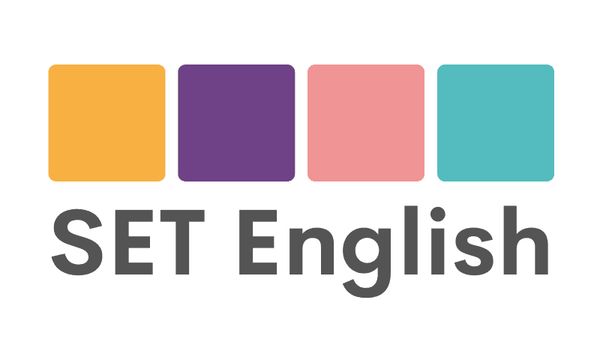
Referencing in OET Reading & Listening: The Hidden Skill You Can’t Ignore
Many candidates underestimate referencing — the way English uses pronouns and pro‑forms (this, that, these, those, it, which) to point back to earlier ideas. In OET, missing a reference can mean missing the answer. This lesson shows what referencing is, how it works in Reading Part C and Listening Part C, and how to practise it efficiently.
1) What is referencing?
Referencing is when a word replaces or points to a previously mentioned noun, clause, or idea.
Simple example: “My ankle is swollen. It has been hurting.”
Here, it = my ankle.
In academic/medical texts, referencing often points to whole ideas, not just one word:
“Funding for vaccine outreach has dropped. This has led to higher infection rates.”
Here, this = the drop in funding.
2) Why it matters in OET Reading C
Reading C builds complex ideas across multiple sentences. Writers use pro‑forms (this, these, they, which) to link new sentences to earlier ones. If you don’t resolve the reference, you can’t follow the argument. See this video for more useful information on OET Reading Part C: How Reading Really Works
Here are some examples from just one paragraph in OET Reading Part C:
- Linking back to a term: “While these adaptations are necessary … they come at a cost.” — these adaptations = physiological adaptations mentioned in previous sentence.
- Whole‑idea reference: “This has resulted in …” — this = previous sentence’s whole idea, not a single noun.
- Relative pronouns: “… reduced growth, which may …” — which = reduced growth.
3) Referencing in Listening C
Questions and options often contain referencing that points back to a group already named in the stem. If you miss it, you may match a detail to the wrong target.
- In the stem: “What concern does Marcus have about sectioned patients?” Options with they/their all refer to sectioned patients.
- In the audio: A speaker mentions an escape siren and then says “This kind of thing fuels the fear …” — the reference signals the correct option (intensifies anxiety), not impressive systems.
4) How to practise referencing
- Find any text and review the paragraphs (OET tests, newspapers, magazines)
- Underline pro‑forms (this, these, it, which, they) in any paragraph.
- Arrow back to the meaning of the pro -form (word, phrase, or whole idea).
- Read the pro-form sentence with the meaning: Does it make sense?
FAQ
Is “this” always singular?
Grammatically, yes — but it can still point to a complex idea made of several parts in the previous sentence.
How do I stop confusing “they” in Reading C?
Circle every plural candidate in the last two sentences, then test agreement: does the verb and meaning still work if “they” = that noun?
Ready to improve your OET score?
Start with our Free OET Course for Reading, Writing, Listening, and Speaking.
- Step‑by‑step video guides
- Practical strategies for every part of the test
- Expert tips from OET teachers
By Paul Craven · 21 Oct 2025
